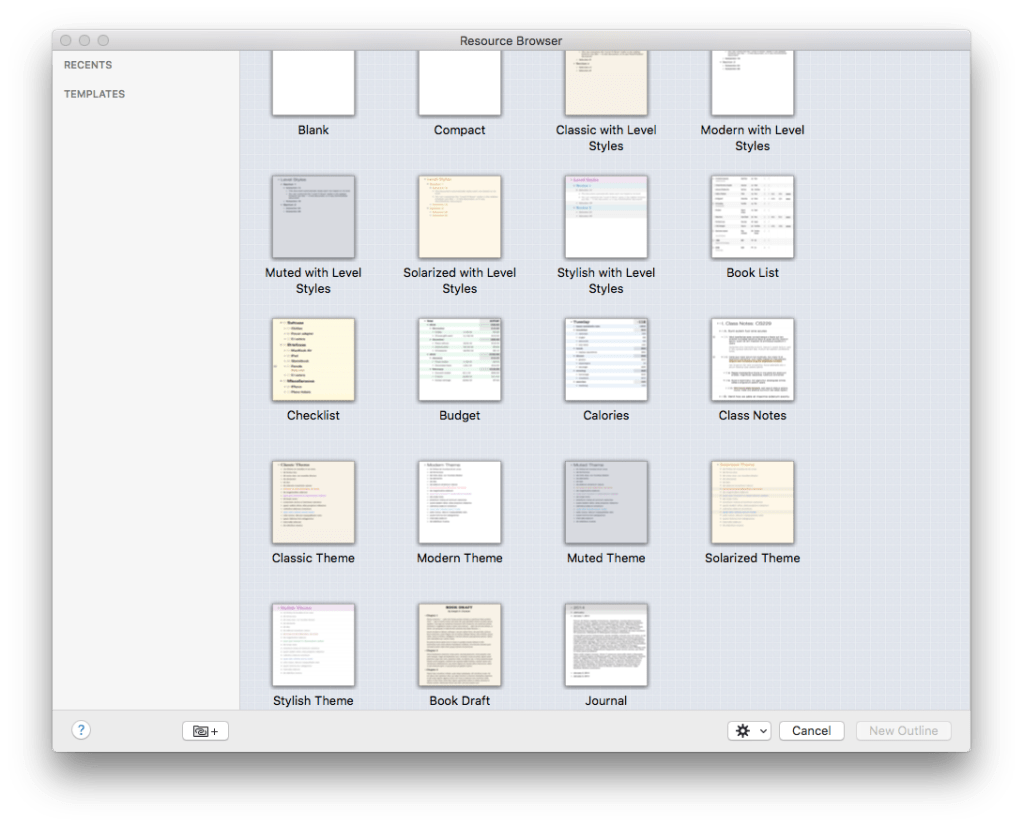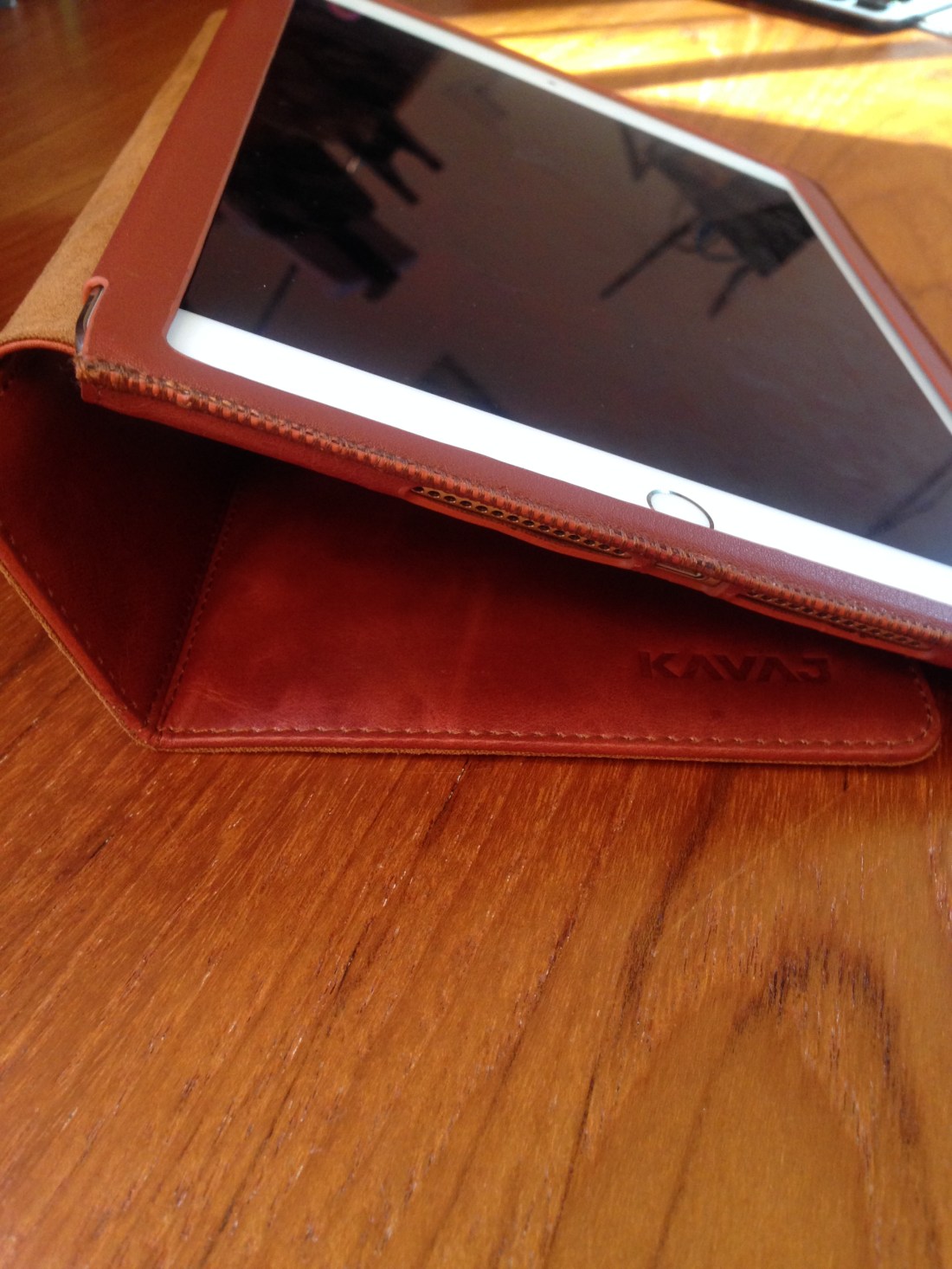
I may have been premature when I said Runtastic has the best running app on the market. Don’t get me wrong—it’s a great app, and I still use it regularly.
But Runkeeper—especially in its “Go” (premium) version—is a more versatile and aesthetically pleasing and powerful app.
In this review I’ll cover Runkeeper via these categories:
- Runkeeper on iPhone
- Training Plans (and Runkeeper Go)
- Personal Records and Goal Setting
- Runkeeper’s Web Interface
- Bells and Whistles
- What’s Missing
- Pay for Pro: Yes or No?
1. Runkeeper on iPhone
The most likely point of entry to the Runkeeper world is through the iOS App Store (or Android).
Although Runkeeper isn’t as economical with screen space as Runtastic is, Runkeeper looks great on a phone:

You’re definitely not going to miss any of your stats at a glance! A recent update made them nice and huge. You can also see a live map of where you’re going, provided you give Runkeeper permission to track your location when you’re using the app.
Once you’re finished with a workout, you can see a nice summary of your run:

With splits, too:

Each activity automatically saves the weather. You can add notes, track shoe mileage, and even tag a fellow Runkeeper user you might have run with:

You can add multiple photos of your run to an activity:


There’s even a setting to engage Runkeeper’s “Pocket Track” to automatically track your movement. You don’t even have to start an activity, for example, for it to track a walk:

It’s a little less immediate than in other running apps to get right away to your last activity–often the purpose for which I’m opening the app. You have to tap on the “Me” section, scroll down through a not-quite-optimized screen a bit, then tap on “Activities” to pull up the list.
The app also features a social component, so you can view friends’ activity. (This feature is much more robust than that of Runtastic.)
2. Training Plans (and Runkeeper Go)
The training plans in Runkeeper are awesome. I clicked on a “challenge” that popped up one day, and based on my previous runs, it smartly recommended my average 5K time, which would be a base for the training. Love it.



After working through the five interval-based runs, my sixth run in the ASICS Pace Academy Challenge did, in fact, have me showing some improvement.

The app also features audio coaching, which is especially useful in knowing when to adjust your pace on an interval run. The audio cues for interval runs are perfectly clear and well executed.
You can change the voice. I like Boston Fan, who invites me to the packie for a couple of beeahs after the run. Drill Instructor is pretty cool, too. You can adjust the volume and even how often your audio cue comes up—whether by distance (every mile or two or five) or duration (every x minutes). You can specify which stats it gives you, too—time, distance, average pace (the ones I use), split pace, even average and current heart rate (this works because I can link my Garmin with built-in HR monitor to the app!).
You can set up your own intervals and training plans, based on a goal time. Some of these plans are available without the premium Runkeeper Go; others require the subscription.

And you can even get a weather report showing atop your training plan!

Runkeeper Go also adds the ability to compare workouts. I could hardly believe a little iPhone app could do this, but you can select two different runs, for example, and see how they compare at various points.

Go also gives you “progress insights,” so you can quickly see (in chart form) your average pace over time, mileage per month, and even track weight over time.
3. Personal Records and Goal Setting
Runkeeper does a nice job of keeping track of all your personal records in one place. And where you haven’t achieved a personal best (for a half marathon, say), you can tap on training plan options.

The opening screen on the iPhone app also has a row with your records showing.

New records show up right away, if you beat them:

And you get an email!

One huge lack is that if you beat your 5K time but then run another kilometer, your run won’t count as a 5K.
There was one run where I got a new fastest 5K, which showed up as a badge in the activity:

But you’ll see it says my “Fastest 5K” is 27:29 under the badge, whereas that was the time for that activity, which was 3.2 miles. The 5K itself (at an 8:35 pace) would have been more like 26:42.
Oddly, it still does register properly as my fastest 5K pace, as seen in the comparison screen here:

What I really want to see is how long the first 3.1 miles/5K of this activity was (duration), showing under my record badge wherever it appears, so I know what my fastest 5K time actually is. Support told me I can edit the map and delete the overage, but that feels like more work than I should have to do to track a fastest time.
The app also supports goal setting, including exercising a certain number of times a week, losing a certain number of pounds by a certain date, and more. I use this feature regularly.
4. Runkeeper’s Web Interface
With Runkeeper (unlike Runtastic) you can bulk export your data, so that the app does not hold your running info hostage, so to speak. I love this about the app. You can export individual activities and a whole date range–right to a spreadsheet, if you want to make your own platform-agnostic running log.
You can access your feed (also available on the phone)…

… as well as all your activities:

Your Web dashboard is basically your own feed that includes activity, personal records, and goal progress.
You can also use the site to manually log a run and access any routes you’ve saved.
5. Bells and Whistles
Here is a sampling of additional features available in Runkeeper:
- you can see your average pace for this week vs. last week (or this month vs. last month) in the “Me” part of the app–same with total miles. I use this often
- you can track indoor runs with “Stopwatch Mode”
- there’s the ability to share to social media with run stats and photo (see here)
- you can track mileage for a pair of shoes
- you can tag your runs. The longer I use Runkeeper, the more I make use of this feature. The tags are pre-selected (you can’t make your own), but you can tag long runs, speed runs, races, etc. And then you can filter activities by run type. Sadly, and for some odd reason, you can’t see these tags on the Web site
- activity splits are easy to see, whether per mile, or per predetermined interval
6. What’s Missing
You can’t see an activity’s weather details in Web view, even though it shows on the iPhone app. (Runtastic has it in both places, and I’d expect more features, not fewer, on a Website.)
There is no iPhone Today widget, which would be a cool addition, even if only to see total miles for the week or month.
The app is a data hog. In this image, I was using Runtastic to track my 8-mile run, and only opened Runkeeper at the end so it could pull in data from my Garmin and sync the run. Runkeeper used far more data than Runtastic to accomplish far less.

If you turn data off for the app (I do), you’ll see this message after your run, each and every time, until you reach Internet:

It’s not the end of the world, but if you’re on a limited data plan, turn data off for the app. The GPS can still track you and make everything work as needed.
7. Pay for Pro: Yes or No?
For most users, the free version of Runkeeper will do just fine. But if you’re trying to up your game with in-app training plans and want the added metrics of run comparison and progress “insights,” Go is well worth exploring. All the features are listed here:

Details at this link.
All in all, Runkeeper is not a perfect app and doesn’t do everything I’d wanted, but it looks great, works well, has powerful options, and is (from what I can tell) the best running app on the market. I’ve been using Runtastic and Runkeeper in tandem—import/export options make it not that cumbersome to track runs in both places. But if you’re just starting running and want to try an app, go for Runkeeper, and see what you think.
Thanks so much to the folks at Runkeeper who set me up with a trial of Premium so I could review the app! Check it out here.



















































































